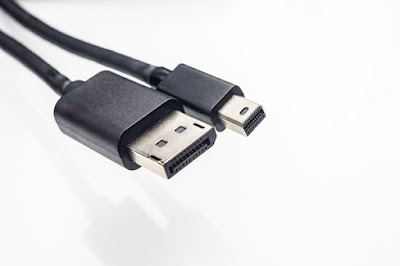The two types of connectors that are usually used in FPV transmitters, receivers and antennas are SMA and RP-SMA. Like cat6 connectors, the SMA and RP-SMA connectors are used for connecting coax cable and antennas. In this article, we have provided a difference between these two types of connectors. Usually, it is difficult to distinguish between these two connectors as the gender of SMA and RP-SMA connectors are confusing.
Even the manufacturers sometimes get confused between these two types. Whenever you are buying FPV equipment with SMA connector, make sure that the description of the equipment matches with the image of the equipment. If there is any mismatch, you should ask the seller.
Difference between RP-SMA and SMA Antenna Connectors
These two types of connectors are the original ones used in FPV products. These connectors are very versatile and robust due to which they are used widely. However, these connectors are heavier as compared to others.
SMA consists of 500+ mating cycles. These cycles are more than those of other types like MMCX and U.FL. Almost, all the receivers use SMA or RP-SMA connectors because the weight is not a problem on receiving side.
SMA are coaxial RF connectors developed in the 1960s and it stands for Sub-Miniature Version A. Whereas, RP-SMA stands for Reverse Polarity SMA. As evident from the name, RP-SMA is a variation of the SMA connector. In these connectors, the gender of the interface is reversed.
SMA is more popular as compared to RP-SMA especially in case of a mini quad industry. The major difference between the antennas of two connectors is that an SMA antenna consists of a pin in the middle whereas the RP-SMA antenna is the exact opposite of SMA and it also has a small hole in the center.
SMA and RP-SMA Adapter
In case, if you have got the antennas of the wrong connector then you can get an adapter for it. Some adapters consist of an angle. This makes mounting of the antenna more flexible.
But you must keep in mind that by using an adapter, there is always some loss of performance. Hence, a good approach is to avoid the use of the adapter.
Changing or removing the SMA Connectors
Most of the people choose to remove or replace the connectors with some other ones or people also choose to connect a pigtail extension on the video transmitter. This is done for saving the components from breaking off.
If you want to replace RP-SMA to SMA or vice versa on a video transmitter then cut off the bulk of the connector. This can be done by using some wire cutters or Dremel cutting wheel. You can use iron for removing the remaining legs off the VTX surface. You can also do this by just using an iron without cutting anything off.
Conclusion
We hope that the article has helped you in understanding the FPV connectors. If you have any questions related to the article, please ask in the comment box below. Keep visiting our website for further information related to connectors.





